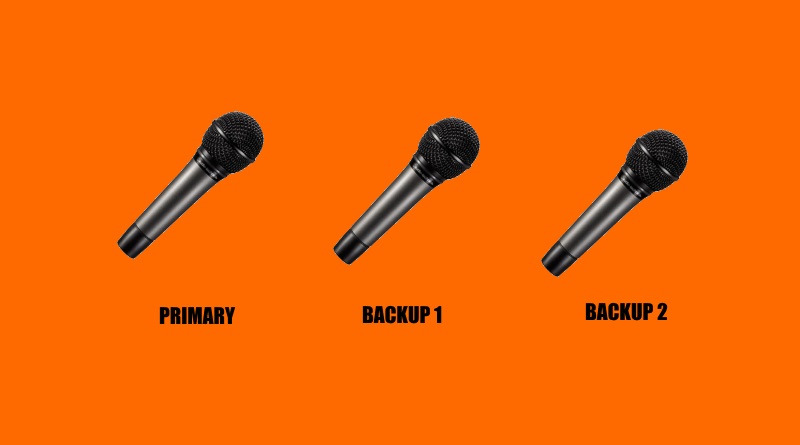Redundancy
There are certain situations in life that require a very high success rate. For example, a space launch, or providing power to an important building/facility, or perhaps making sure you have a working microphone so a speaker can give a keynote address to thousands of people. In these types of situations, we don’t just rely on everything working as planned. We put backups in place. We have redundancy.
However, when it comes to our finances, many times we don’t give as much thought as we should to our financial planning. Many times we simply put together a rough financial plan and assume that things will take care of themselves. But what if they don’t? What if we don’t achieve the rate of return that we’re expecting? What if inflation is higher than expected? What if we have a medical emergency, or some other type of emergency, that drains our investment account? In other words, what if something unexpected happens?
In our financial planning, just like in mission critical situations, we need to plan for the worst. We should assume that things will go wrong. That leads to the subject of this article: Redundancy.
The best way I know to achieve a critical goal is to make sure that there are backups in place. In the case of planning for retirement / financial freedom, that means that we need to have more than the minimum required to provide us with a livable income. Having a little extra provides us with a cushion — a margin of safety.
Ideally, we would plan to have at least double or triple what we actually need for retirement. And if you’re able to do that, that’s great. I think that’s a good goal to shoot for.
However, if you’re not able to achieve 2x or 3x the amount of investment assets that you need to retire, that’s okay. What makes sense in that case, is that you still underspend the income you receive in retirement, and you reinvest the amount that you didn’t spend. In this way, you’ll be continually building up your investment account and providing yourself with more and more resources as time goes on. This is an excellent way to build up a financial cushion and give yourself some peace of mind.
When NASA launches a spaceship, they have multiple redundant components and systems to ensure success. I believe that if we approach our financial planning the same way that NASA approaches a space launch, we will be much more likely to achieve our financial goals.
P.S. While we’re on the topic of risk reduction, I’ll just mention one more time that I think it’s prudent to have six months of cash reserves available in case of emergency, and that it’s a good idea to own your home and cars outright if you’re planning to retire or become financially free. These measures also provide a nice cushion in case life throws unexpected things your way.

